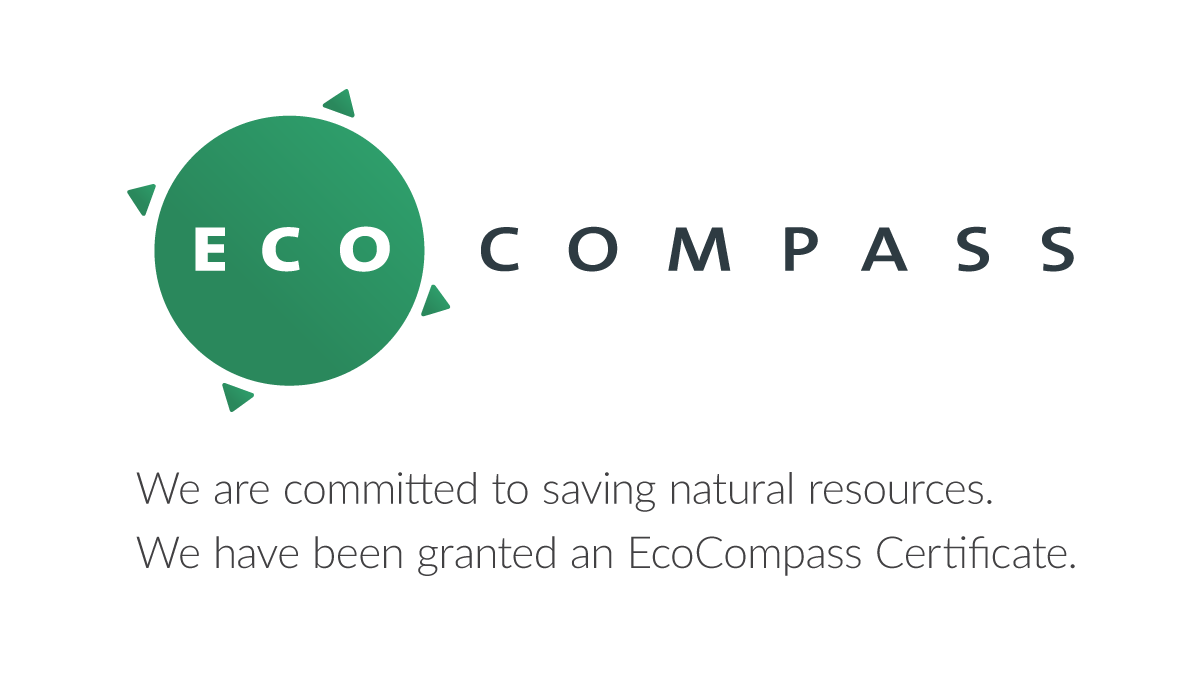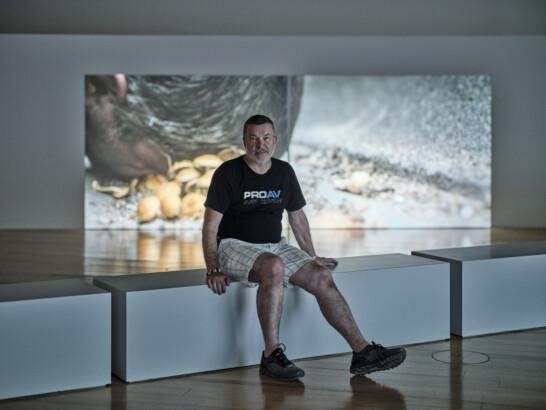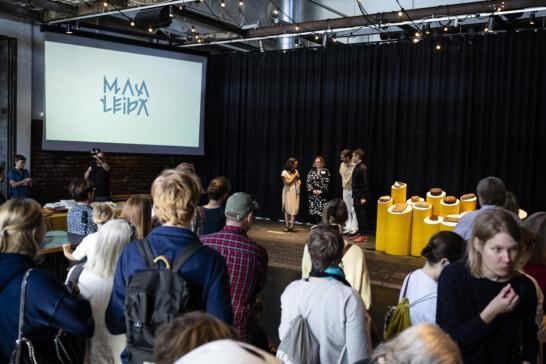Ecoblog News
EcoCompass makes environmental actions more systematic

The EcoCompass environmental programme has lent an external perspective to IHME’s environmental work; it has made it more systematic and helped it focus on the most influential environmental actions.
The climate crisis and the resulting loss of natural diversity have long been taken into account in IHME Helsinki’s operations. The environment has been a focal point in strategy and action plans, as well as recruitment: the advisory working group includes experts on ecological issues, and a part-time eco-coordinator has also been hired for the two-person organization.
This has been noted by Ville Heinilä from the Recycling Centre, who audited EcoCompass at IHME:
“IHME Helsinki has thoroughly taken environmental aspects into account in all its operations. In particular, the inclusion of responsibility as part of the strategy and the active commitment of stakeholders to environmental responsibility provide an excellent starting point for the work. ” He also mentions the emission-monitoring protocols that are already in place: “The carbon footprint as a key measure of an organization provides an opportunity to actively develop operations in the direction of carbon neutrality.”
The carbon footprint of art productions
The most important part of IHME’s activities are the annual works of art that are commissioned from artists who share IHME’s values. Art is an important part of change because it creates a space to face the hard facts of the environmental crisis and the emotions they evoke. Art can touch people in a way that knowledge alone cannot.
Communication has been important to IHME and the organisation has publicly shared concrete experiences of its environmental work. In 2020, IHME’s Ecoblog provided a step-by-step report on IHME’s carbon footprint. As IHME operates in the international art field, its largest source of emissions is generally air travel, but heating rose to number one in the exceptional circumstances caused by the corona pandemic.
Environmental impacts through communication
The EcoCompass approach brought more balance to the way the carbon footprint was approached. For example, a small operator like IHME doesn’t have much of a carbon footprint when it comes to waste, but the EcoCompass highlighted both waste and chemicals that are particularly dangerous to the environment – old paint cans have been cleared from the corners and the flammability of the hand disinfectant has been logged.
Although IHME has compensated its four-ton CO2 emissions, the EcoCompass helped reveal that the biggest positive environmental impact for a small player comes through communication. IHME’s EcoCompass goals place a particular emphasis on communication and effectiveness. The themes of this year’s works of art deal with eutrophication in the Baltic Sea and the biodiversity loss, so environmental issues have been part of IHME’s communication at all times. With the EcoCompass, the visibility of environmental themes in communication can be even more accurately measured.
As well as having new goals, IHME also sticks to its old principles: carefully planned international trips, using wind power in the office and providing vegetarian food at events. Thanks to encouragement from the EcoCompass, a list of ecological procurement criteria is also now being compiled.
EcoCompass in practice
The EcoCompass programme included an audit and 3 meetings with a contact person. An initial survey led to the creation of IHME’s environmental commitments, waste plans for the office and events, and the compilation of an inventory of chemicals in use. Environmental laws regarding the office and events were reviewed with the help of EcoCompass’s list of relevant laws. This took about 50 hours of work for the eco-coordinator and 10 hours per person for other actively-involved colleagues, giving a total of about 70 hours. As IHME is a small organization, all permanent employees were able to be involved in the process. It is beneficial that as many people as possible are familiar with environmental issues so that they become a natural part of their own activities.
In the future, IHME hopes for a better way to measure the preservation of biodiversity, meaning a scale that would be as clear as a carbon footprint. The more concrete individual everyday actions that can be taken to combat the environmental crisis, the easier it is for an individual actor to do something small that can ultimately have a huge significance.


